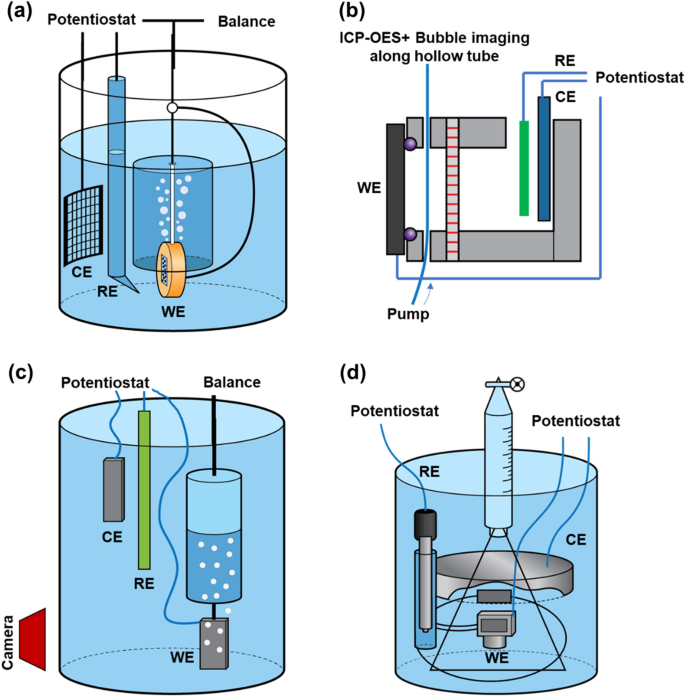2024-03-20 パデュー大学
<関連情報>
- https://www.purdue.edu/newsroom/releases/2024/Q1/icy-impacts-planetary-scientists-use-physics-and-images-of-impact-craters-to-gauge-the-thickness-of-ice-on-europa.html
- https://www.science.org/doi/10.1126/sciadv.adj8455
マルチリング盆地の形成がエウロパの氷殻の厚さを制約する Multiring basin formation constrains Europa’s ice shell thickness
SHIGERU WAKITA , BRANDON C. JOHNSON , ELIZABETH A. SILBER , AND KELSI N. SINGER
Science Advances Published:20 Mar 2024
DOI:https://doi.org/10.1126/sciadv.adj8455

Abstract
Jupiter’s moon Europa hosts a subsurface ocean under an ice shell of uncertain thickness. Europa has two multiring basins that exhibit several concentric rings. The formation of these multiring basins is thought to be sensitive to the thickness and thermal structure of the ice shell. Here, we simulate multiring basin forming impacts on Europa finding that a total ice shell greater than 20 kilometers thick is required to reproduce observed ring structures. Thin ice shells (<15 kilometers thick) result in compressional tectonics inconsistent with observed ring structures. Our simulations are also sensitive to the thermal structure of the ice shell and indicate that Europa’s at least 20-kilometer ice shell is composed of a 6- to 8-kilometer-thick conductive lid overlying warm convecting ice. The constraints on Europa’s ice shell structure resulting from this work are directly relevant to our understanding of the potential habitability of Europa.



